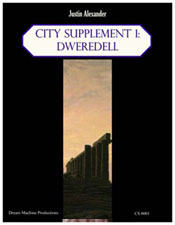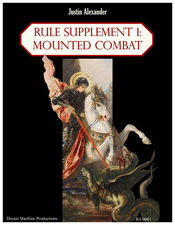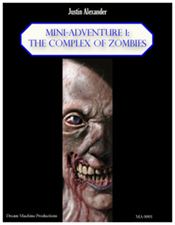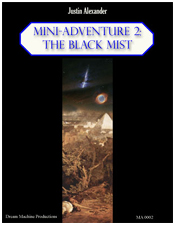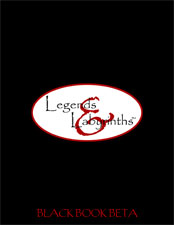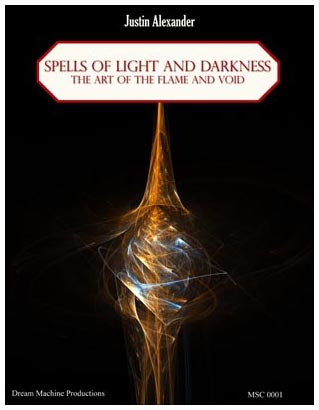IN THE SHADOW OF THE SPIRE
I have previously mentioned that the events in the campaign journal are an accurate recounting of what happened at the gaming table. There is, however, one exception to this: The character of Elestra.
In the Shadow of the Spire originally started as an online game run through ScreenMonkey and Skype. After several sessions, however, a couple of the long-distance players ended up dropping out of the game and the third long-distance player ended up being local instead. After a lengthy hiatus, we added a new player and jump-started the campaign back to life as a face-to-face game.
This left us with two orphaned characters: Agnarr and Alysta.
One of the other players ended up taking Agnarr on as a second character. And then I offered the new player the choice of either taking over the role of Alysta or creating a new character.
She decided to create a new character (which turned out to be Elestra). At this point I had two options: I could choose to simply kill off Alysta and then figure out a way to get Elestra involved with the group. Or I could retcon the campaign journal, replacing the character of Alysta with the character of Elestra.
Normally it would be a no-brainer to go with Option #1. But I had a few reasons for going with Option #2:
First, the hiatus in the campaign had already created a natural break in continuity. Part of the process in gearing back up from that hiatus was going to be reviewing the campaign journal and getting back into the flow of things. In some ways, it was an ideal time to perform a retcon.
Second, although it would have actually been quite trivial to kill off Alysta, the campaign was structured around this specific group of people waking up to find themselves locked in a common cause. I didn’t want to risk losing or watering down that essential core of the campaign.
Third, retconning would be relatively easy because Alysta had ended up being something of a cipher. Almost as soon as the campaign had started, the work schedule for Alysta’s player unexpectedly shifted and she ended up missing large chunks of the game. Playing the character during these abseences had fallen to me.
Now, on the one hand, I’m not very good as a GM when it comes to playing allies of the PCs. I usually have lots of balls in the air anyway, and I tend to just forget about the extra character who has no physical presence at the game table. In the case of Alysta this particular shortcoming was aggravated because Alysta’s player — as a result of her absences — never really defined who the character was or what her personality was like. Since I felt it was important for the player to be the one to define who the character was, I refrained from making any strong choices.
In practice this meant that Alysta would frequently go off and “do her own thing” whenever the opportunity arose. The result was something of a tabula rasa — one which easily suited itself to having the label that read “Alysta of the Order of the Holy Sword” scraped off and replaced with “Elestra of Seyrun”.
For those who might be curious, here’s the original write-up for Alysta:

